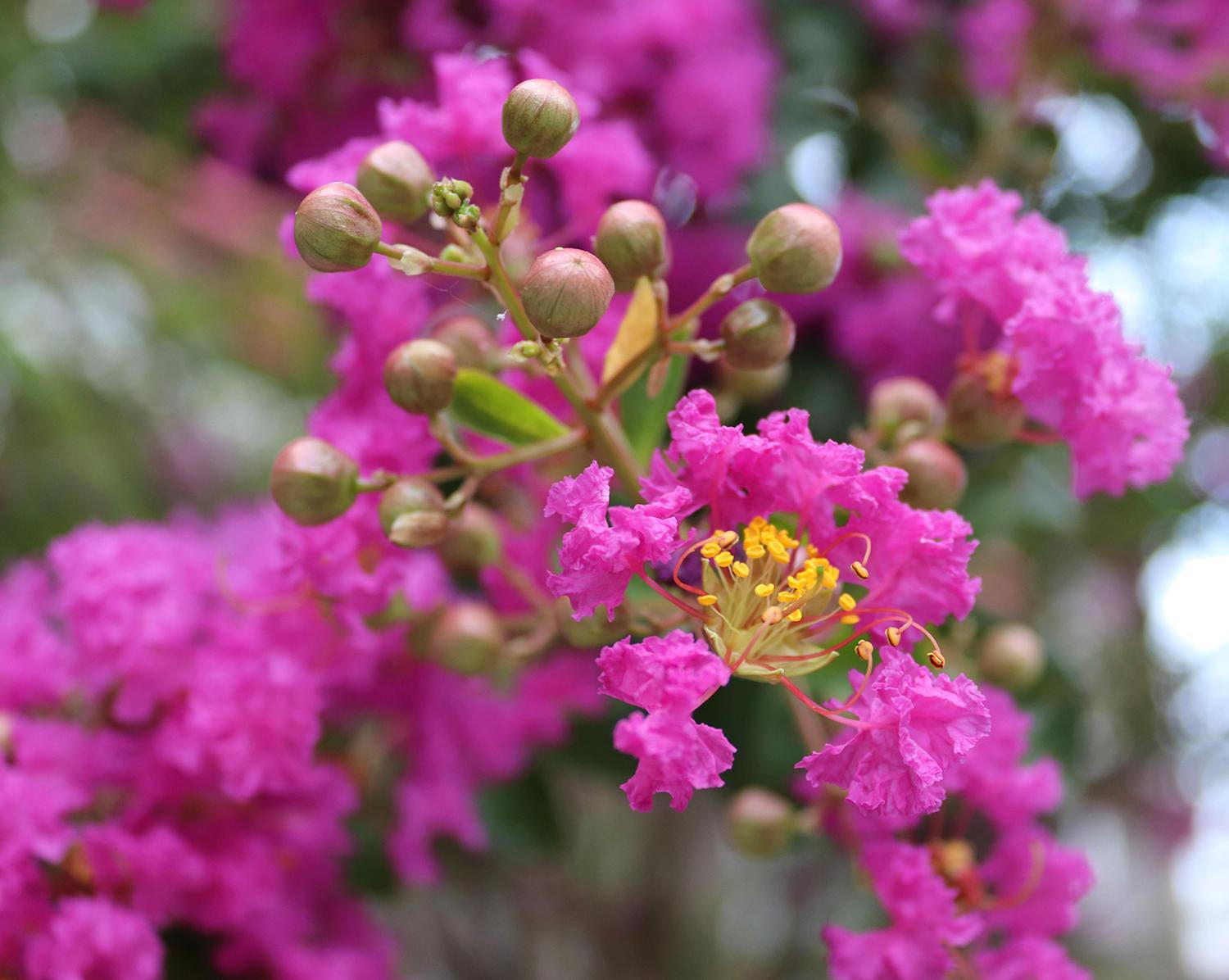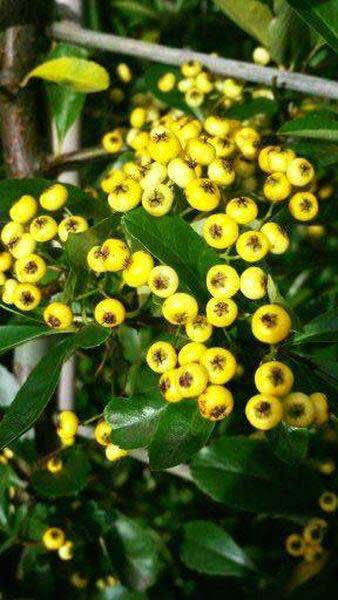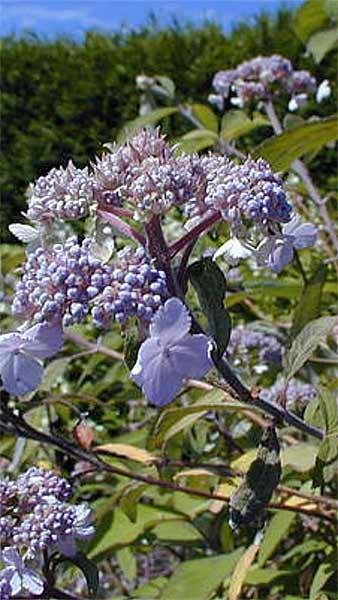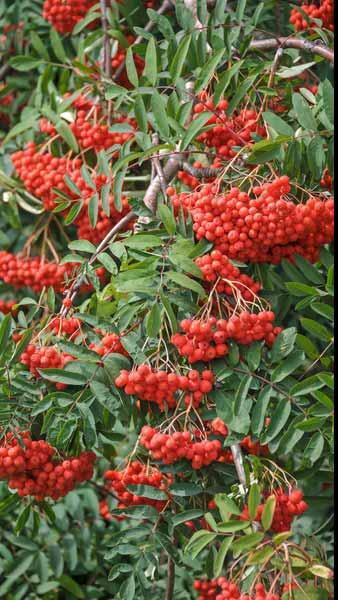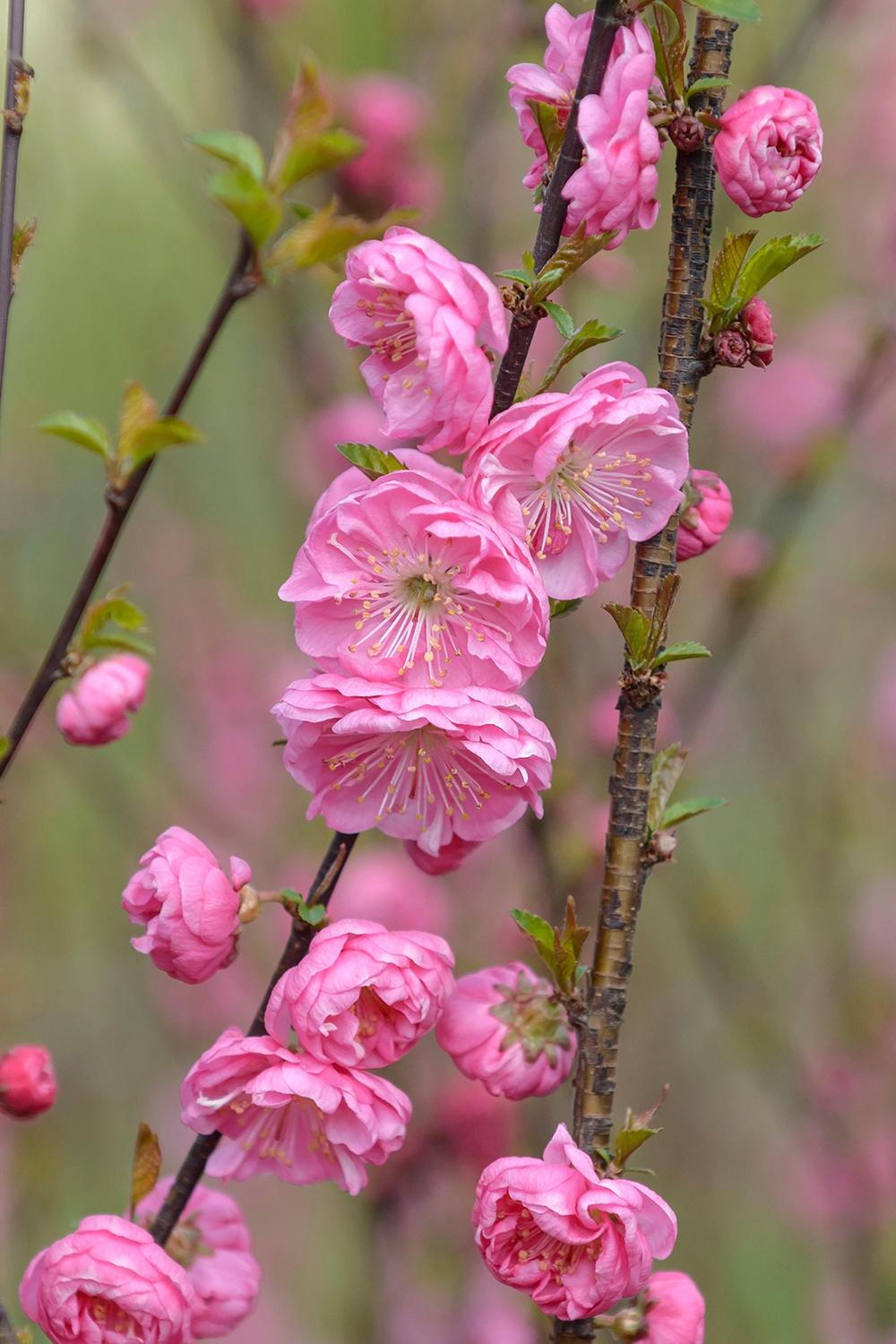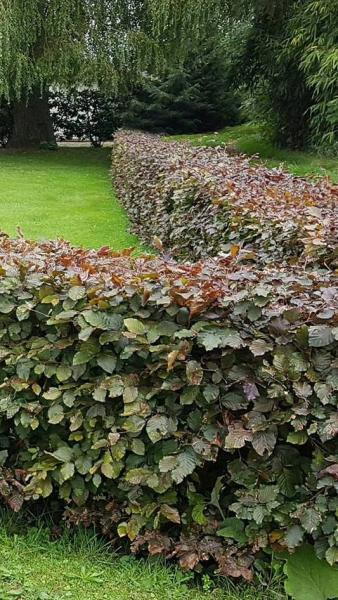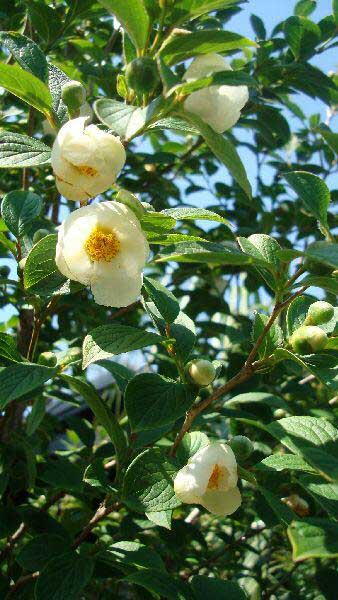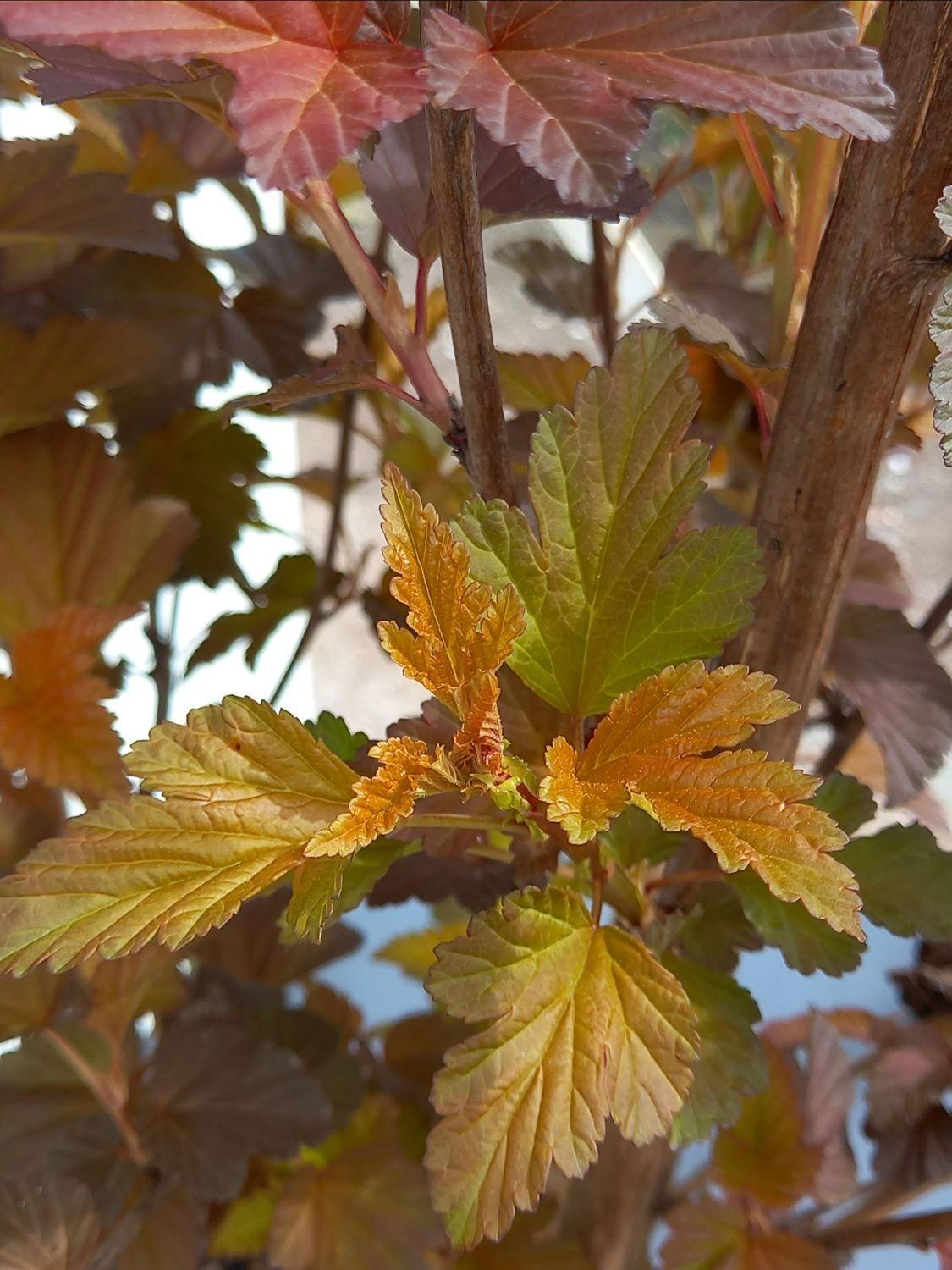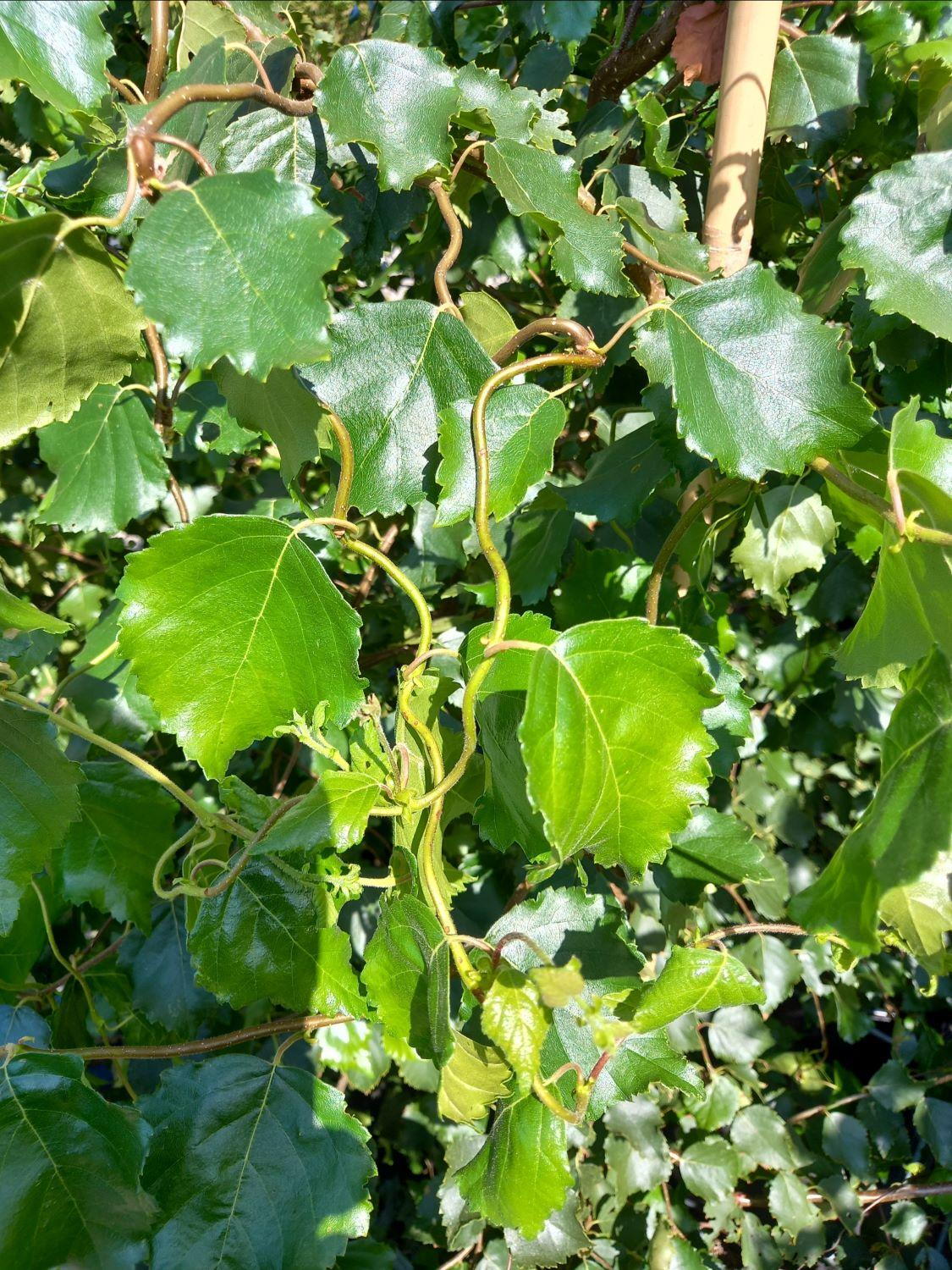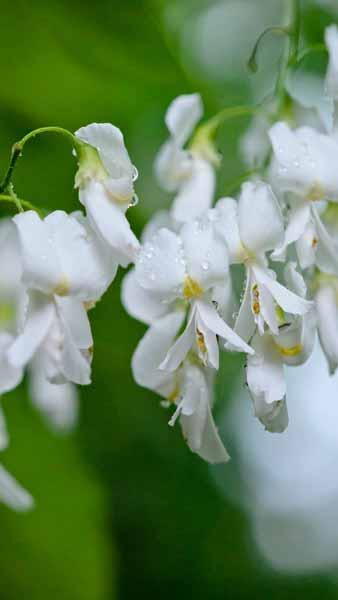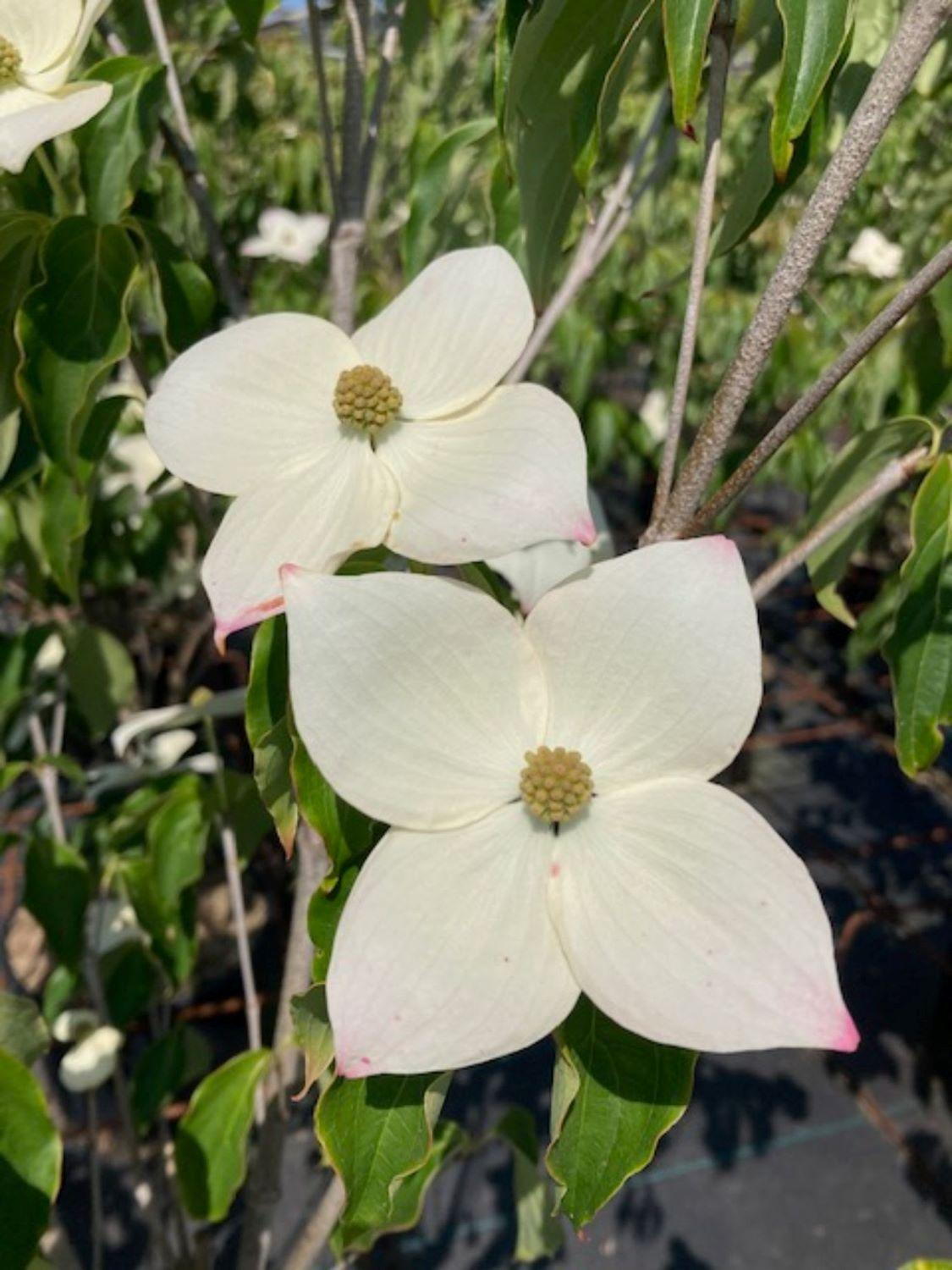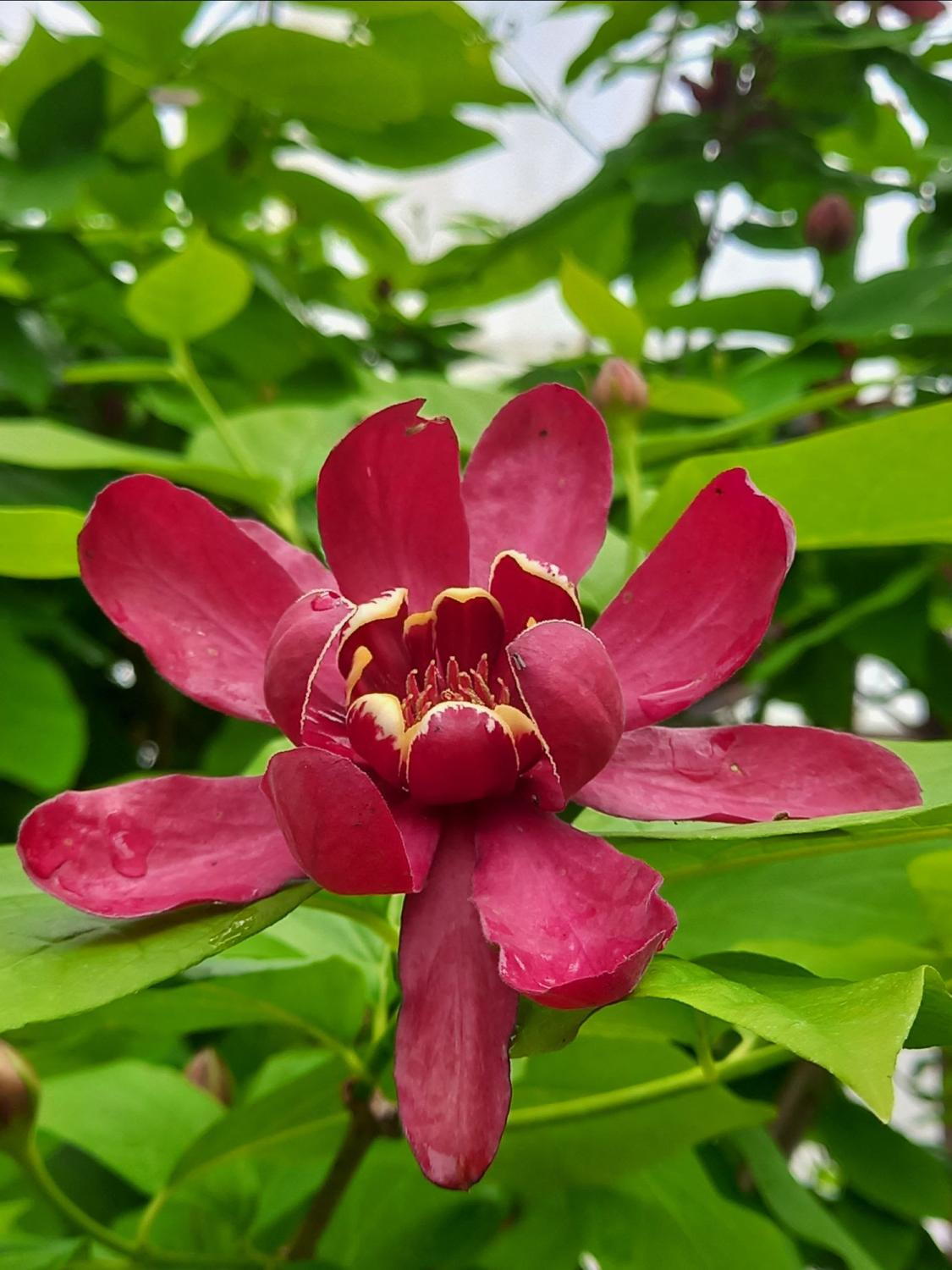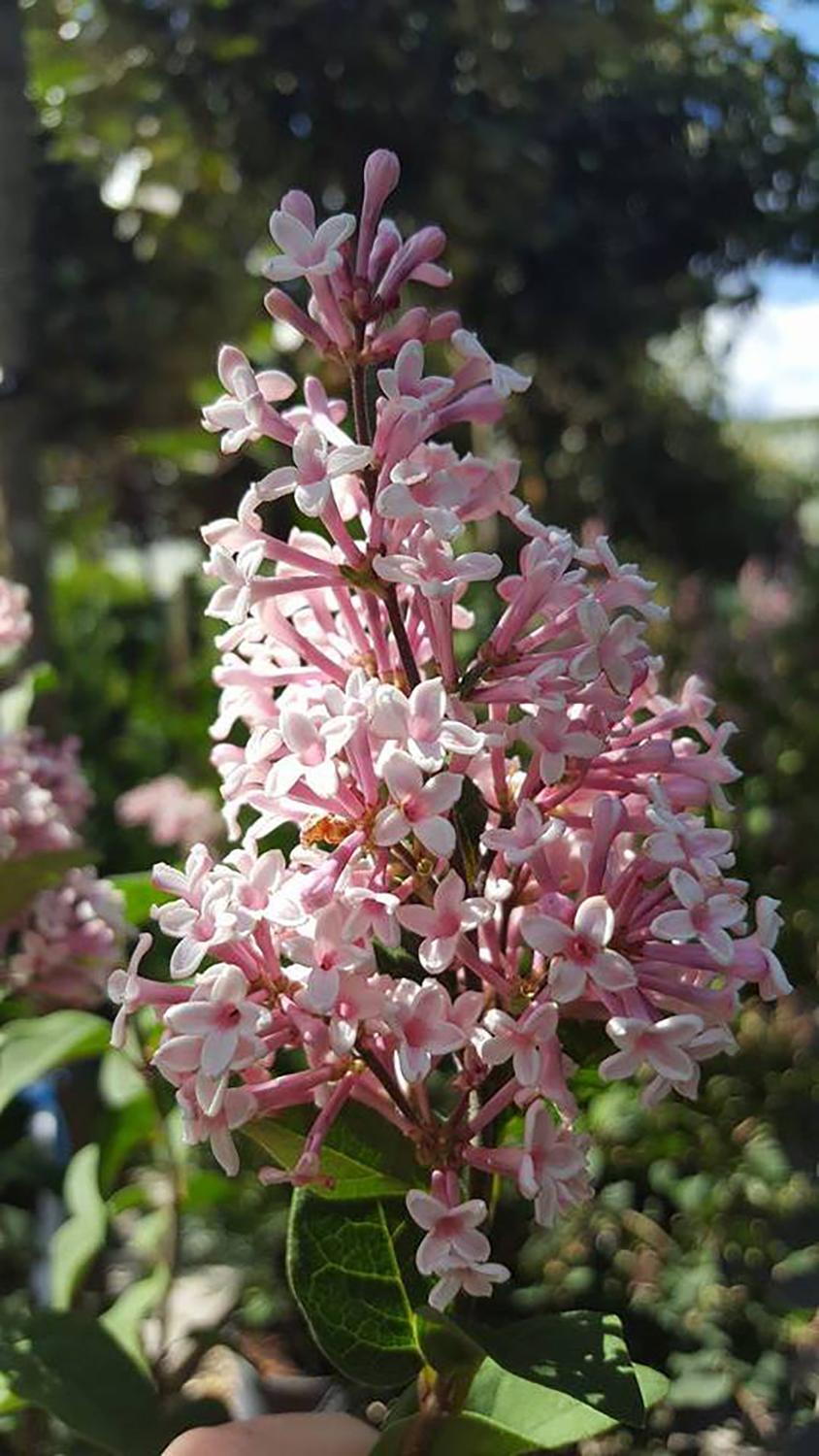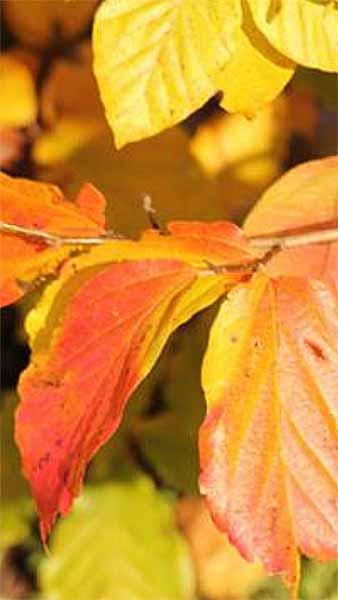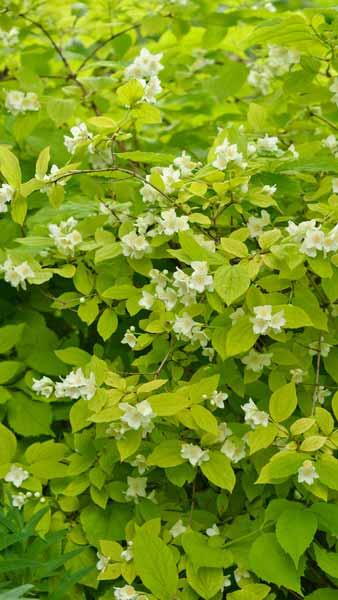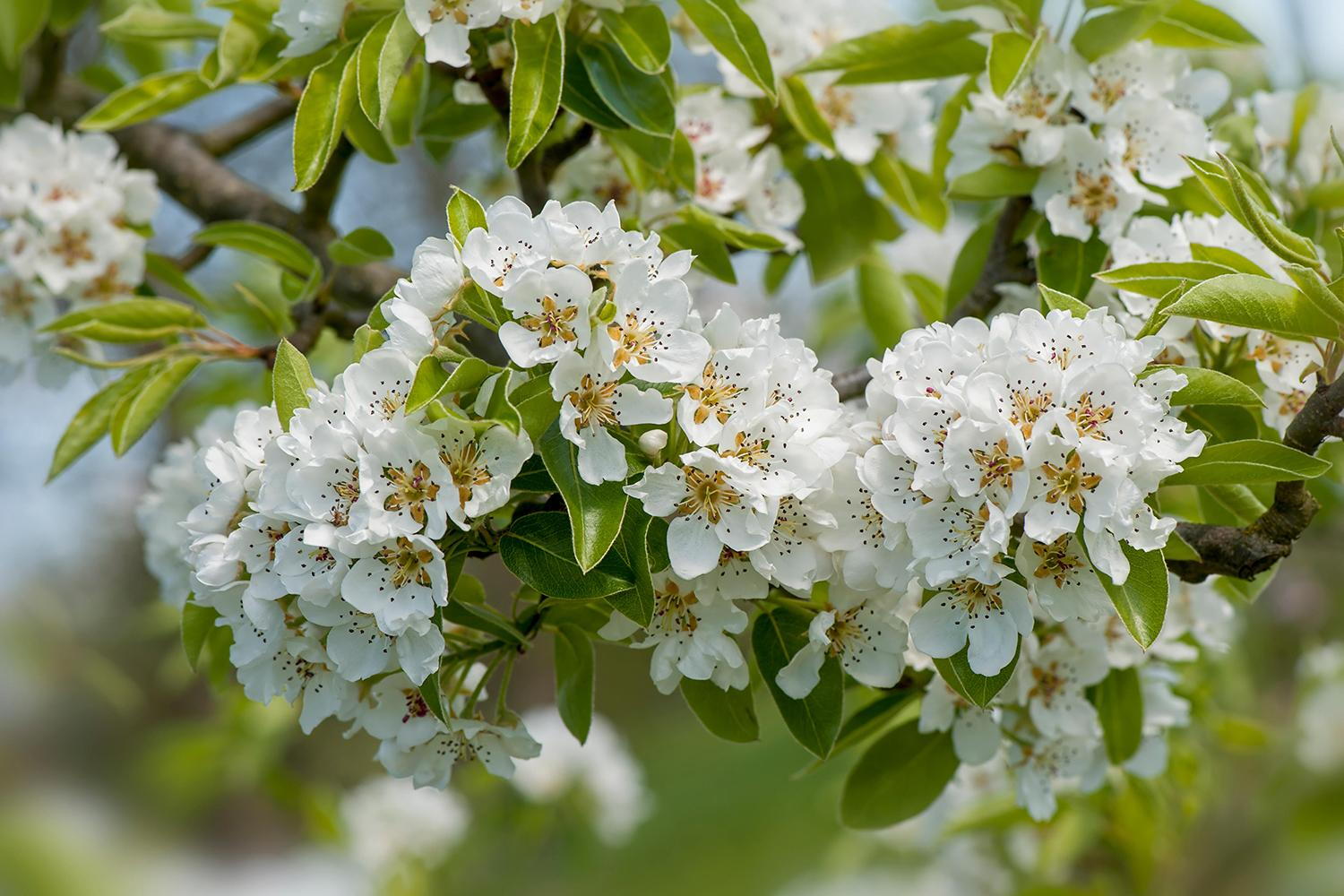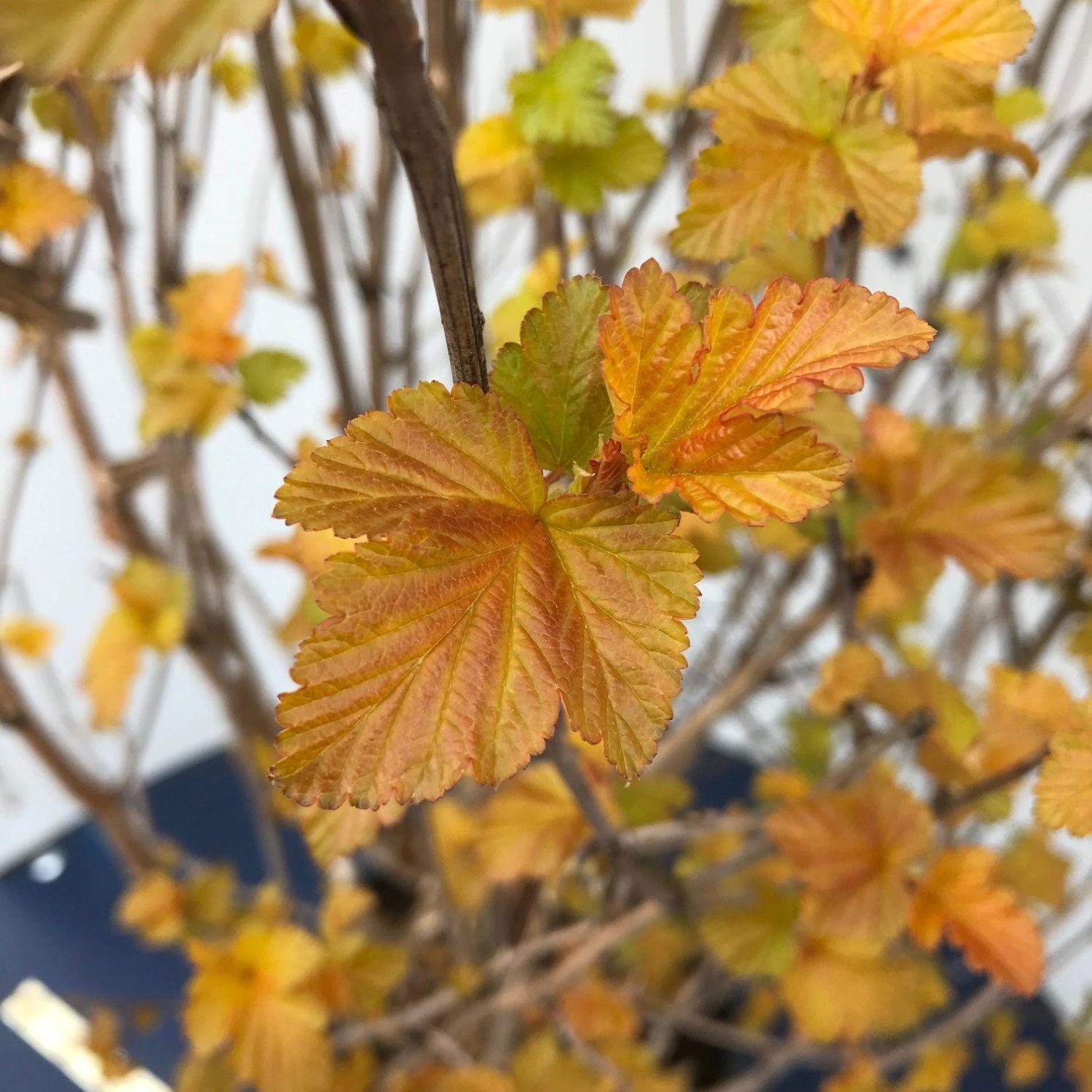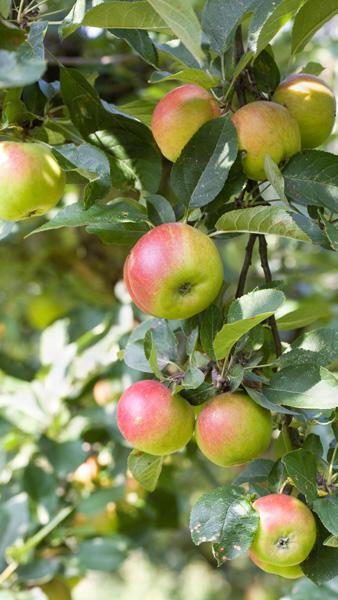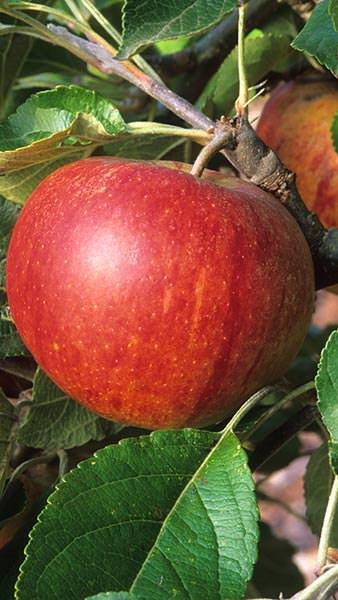Physocarpus Opulifolius Corona Ninebark Corona for Sale UK
Physocarpus Opulifolius Corona, or Ninebark Corona is a rare new cultivar of an old favourite. This hardy and visually striking flowering shrub will provide year-round interest in your garden! Native to eastern North America, Ninebark is a hardy shrub with bark that peels back to reveal several layers of reddish to light brown bark, creating visual interest in winter when the branches are bare. The three-lobed, serrated leaves of Ninebark Corona are a yellow-green when they emerge in spring, becoming a rich red through the summer and autumn. Small, pink cup-shaped flowers form in flat, dense clusters in June and July, attracting bees and butterflies, and are followed by drooping clusters of small red fruits in autumn which will bring birds to your garden in autumn and winter.Hardy throughout the UK and continental Europe, Physocarpus Opulifolius Corona will grow to a mature height and spread of 1.5 metres in 5 to 10 years. If desired, prune Ninebark Corona immediately after blooming. It can grow back from being cut to the ground for rejuvenation, but you will have to wait a year for flowers. If growing in a hedge or clump, space plants 1.2-1.8 metres apart.Plant Ninebark Corona in full sun to partial shade in moist but well-drained sand, clay or loam soil with an acid to neutral pH. It will also grow in wet soils. Tolerant of pollution, it is an excellent choice in city gardens, and will grow happily in poor, dry soil where other plants might suffer. It is also tolerant of salt so can be planted in coastal regions, and being deer-resistant, is perfect for country gardens, too! Bothered by few pests and diseases, Physocarpus Opulifolius Corona is truly a low-maintenance landscape plant.Physocarpus Opulifolius Corona makes an excellent specimen plant where space is limited, since it provides year-round visual interest. Whether it is the bright green spring foliage, early summer flowers, red leaves of summer and autumn, or peeling bark of winter, there is always something to see. Ninebark Corona can be planted as a hedge to provide privacy screening, or in a mass planting on a slope to control erosion. Include it singly or in a clump in a wildlife or woodland garden, or by a stream.Physocarpus Opulifolius Corona will bring something to your garden in all seasons! Whether planted as a specimen or as a clump, this low-maintenance, high-impact hardy shrub will make a great addition to your landscape. See also Physocarpus Opulifolius Little Devil Ninebark and Physocarpus Opulifolius Darts Gold.

